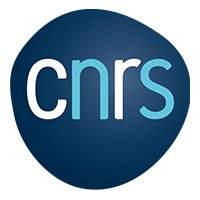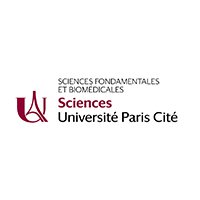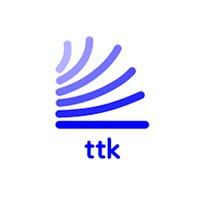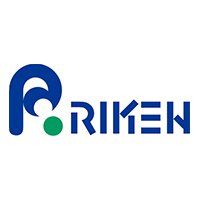VIPattract
The role of GABAergic neuron subtypes in stabilizing and flexibly resetting head-direction signals in the Presubicular cortex
Project description
Head direction (HD) neurons function as the brain’s compass, forming our inner representation of the external world. The HD signal is internally generated, driven by vestibular information, and it is anchored to stable visual cues in the environment. How specific brain microcircuits combine the stable maintenance of the HD signal as well as flexibility upon reorientation, is unknown. We will study this mechanism in the parahippocampal cortex, where vestibular based HD information and visual information converge. The HD system is hypothesized to function like a continuous attractor, in which the HD signal is maintained by the peak location of a stable, persistent activity pattern. Recent work in Desdemona Fricker’s group has shown that bump attractors can be achieved through precisely timed interactions between GABAergic inhibitory neurons and excitatory HD cells. This project will pinpoint the network mechanisms of the presubicular cortical HD system to sustain persistent activity and for flexible resetting by salient visual cues. Our goal is to understand the roles of GABAergic neuron subtypes such as inhibitory somatostatin (SOM)-expressing, and disinhibitory vasoactive intestinal polypeptide (VIP)-expressing neurons. We propose to record, model and manipulate populations of HD neurons and GABAergic neurons, and to define synaptic and circuit interactions underlying landmark updating. Cell-type specific calcium imaging will be used to monitor head direction related population activity in behaving mice. Cellular mechanisms will be clarified in slice experiments. Results will be incorporated in our existing network model to further uncover the link between activity, connectivity and the bump state. Our hypothesis is that inhibition stabilizes, and disinhibition gates resetting of the head direction attractor network. Schizophrenia can be considered as an attractor disease. The disruption of GABAergic cells has been suggested as a mechanism underlying the dysregulations of cortical activity patterns and perceptual functions, that are hallmarks of psychiatric diseases. Genetic variants of the human CHRNA5 gene, encoding a nicotinic acetylcholine receptor (nAChR) subunit, have been linked to increased risk for schizophrenia. Our work will include a genetic mouse model with the variation of the human nAChR gene to fill in the intermediate level of investigation, and clarify how impaired cholinergic excitation of VIP neurons affects cortical attractor networks. We ask whether a perturbed balance between internally generated estimates and updates from the external world leads to deficits in HD signaling. VIPattract will help to pave the way for future studies that may focus on disinhibitory GABA neuron function as a potential target for improving some of the defining symptoms of schizophrenia in humans, including cognitive deficits, that critically depend on cortical attractor network function.
Biography

Desdemona Fricker
Dr. Desdemona Fricker (CNRS, Université Paris Cité) is a Director of Research whose research focusses on the neural basis of the coding of spatial orientation, memory and cognition. She aims to understand neural processing in hippocampal circuits and in the brain wide head direction system, linking properties of specific cell types, synaptic and circuit dynamics with behavior.

Michael Graupner
Dr. Michael Graupner (CNRS, Université Paris Cité) is a principal investigator whose research focuses on the functional role of neural circuits and synapses. His main areas of research involve the cerebellar circuit involvement in motor coordination, the head-direction network in the presubiculum, and biophysically detailed modelling of synaptic plasticity. Based on his multidisciplinary career path, his research combines experiments with computational approaches.
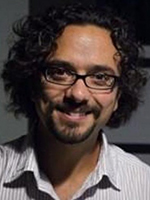
Francesco Battaglia
Dr Francesco Battaglia has concentrated on neural ensemble recordings in freely behaving rodents. He focuses on the interaction between hippocampus and neocortex, in memory encoding and consolidation. He has developed data analysis techniques to detect the activation of synchronized neuronal groups ('cell assemblies'). His intrests also include behavior of hippocampal place cells and hippocampal oscillatory dynamics in transgenic mouse models of disease.
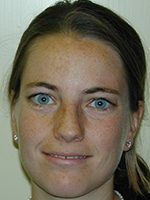
Lucia Wittner
Dr. Lucia Wittner is an expert in the anatomy of human cortical neuronal networks and synchronisation mechanisms – especially in relation to epilepsy. Her research interests also include the validation of neural probes and the potential use of optogenetic techniques in preclinical animal models and humans. She is working in the Institute of Cognitive Neuroscience and Psychology, Research Center for Natural Sciences, Eötvös Loránd Reseach Network in Budapest Hungary.
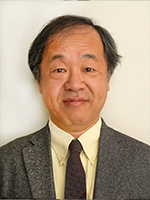
Yoshiyuki Kubota
Dr. Yoshiyuki Kubota (National Institute for Physiologcial Sciences & RIKEN, Japan) aims to characterize the neuronal organization and synaptic structure of the neocortex. His research focuses on the mapping of the micro- and macro-circuitry of the neocortex, using anatomical, molecular, and developmental techniques for identification of neocortical neuron groups, and electrophysiology and electron microscopy for circuit and synaptic transmission analysis.
Publications
Simonnet J, Nassar M, Stella F, Cohen I, Mathon B, Boccara CN, Miles R, Fricker D. Activity dependent feedback inhibition may maintain head direction signals in mouse presubiculum. Nat Commun. 2017 Jul 20;8:16032. doi: 10.1038/ncomms16032. PMID: 28726769; PMCID: PMC5524997.
Simonnet J, Fricker D. Cellular components and circuitry of the presubiculum and its functional role in the head direction system. Cell Tissue Res. 2018 Sep;373(3):541-556. doi: 10.1007/s00441-018-2841-y. Epub 2018 May 22. PMID: 29789927.
Key facts
Time frame: 10.05.2022 – 31.03.2023 (FLAG-ERA project start-end dates: 01/04/2022-31/03/2025)
Origin: FLAG-ERA JTC 2021
Funding: ANR (France), NRDIO (Hungary), NOW (The Netherlands)
Associated partner without funding: NIPS / RIKEN (Japan)

